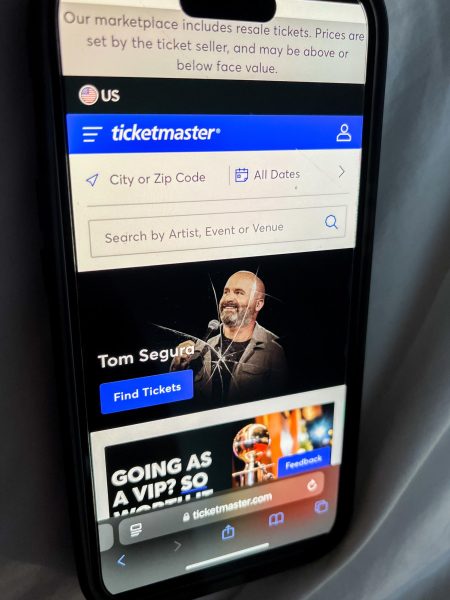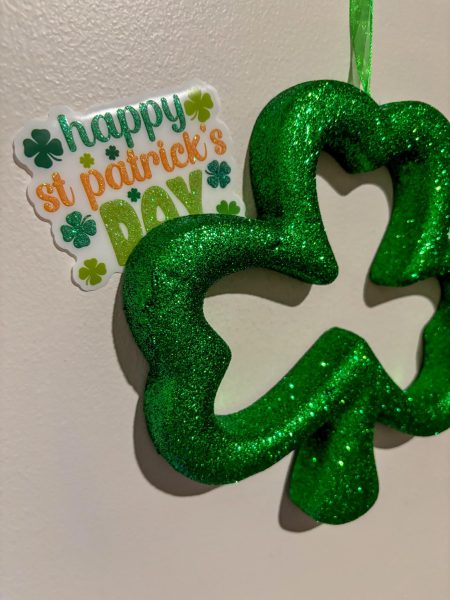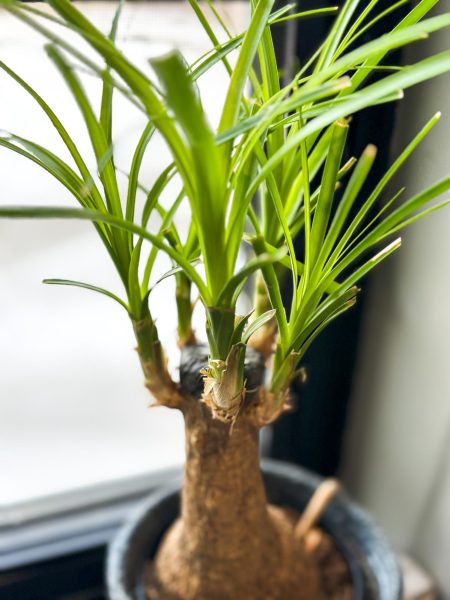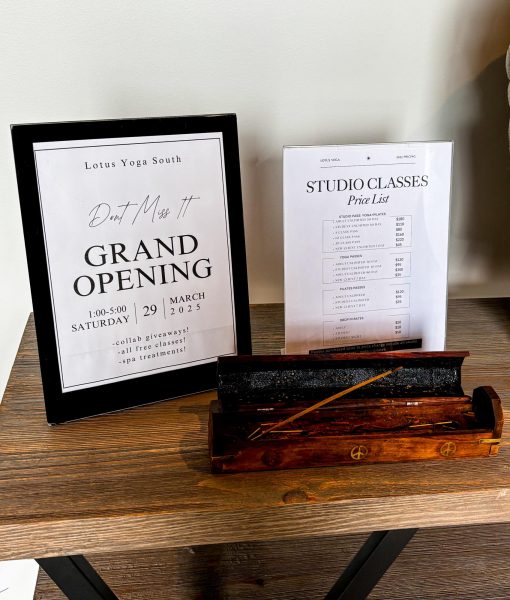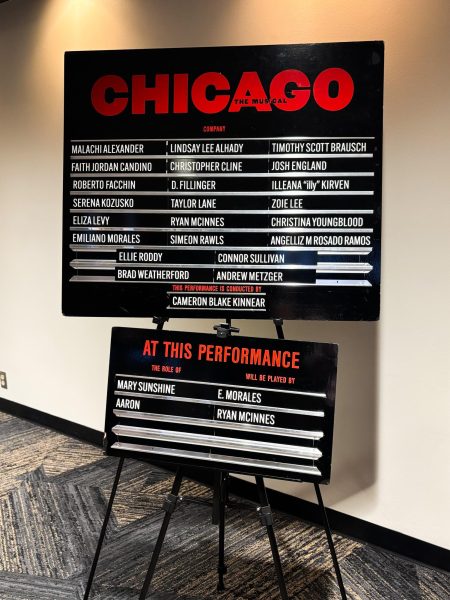Body modification preparation
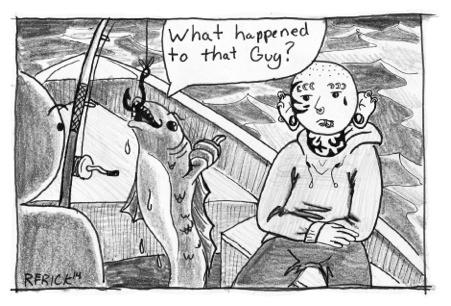
Illustration by William Rerick/The Dakota Student.
Many young people look toward the age of 18 as a milestone of freedom — voting, going into Romantix, buying tobacco products, gambling and getting that first tattoo or piercing that mom or dad wouldn’t sign off on.
Whether it is a simple cartilage piercing, a half-sleeve tattoo or a head of dyed hair, it’s an exciting experience. However, there are some who don’t take the proper precautions or aftercare and get stuck with scars or nasty holes in their ears, all because they didn’t know what they were getting themselves into.
As an admirer of body modifications (with seven piercings, bright red hair and three tattoos, for now), I fully understand the explorative curiosity to change your body. The sound of a tattoo gun makes your heart race, and the feeling can be addicting. The entire process, from planning to being completely healed, is one that’s all its own.
If you’re not committed to this process, though, the results can be ugly.
What many people eager for modifications fail to do is one of the more vital parts of the process: Preparation.
It starts with an incredibly important step — finding a professional. The biggest thing I push for people in their planning stages is research, research, research. Inquire on artists, costs, aftercare, etc. Many look for the cheapest, which isn’t smart. Paying less doesn’t usually relate to a safe atmosphere or good quality product. If you want your piece to turn out the way you want, you need to pay the proper amount.
A quality place will have sterile needles, gloves, liability contract, ID checking, clean work areas, appointment deposits and knowledgeable professional artists who are happy to answer any of your questions. Even if it is just a small tattoo or simple piercing, having a safe and clean location is important.
Aftercare is even more important — keeping the pierced area clean, keeping tattoos moisturized and preventing the areas from sun exposure will quicken the healing process and reduce the risk of infection.
When I turned 18, I got my bellybutton pierced. I had been suffering from MRSA, which I thought was gone, but, unfortunately, it was still in my system. Even though I was taking care of my piercing, the infection that already was in my body found the new opening in my skin and infected the piercing.
I ended up having to remove the piercing, let it completely heal. A year later, I got it repierced, but this too my body rejected.
I learned belly button piercings have one of the highest rejection rates of piercings. If I had known this prior to the second time piercing, I probably would have saved the $60 and spent it on something else.
I was lucky, though, in that I only have a faint scar by my belly button. Horror stories of poorly done piercings and low quality tattoos are cringeworthy at best. I am scarred for life after seeing a guy try to stretch his lobes too fast, leading to uneven stretched and eventually tearing of the earlobe. I also know I’m not the only one who has seen those Buzzfeed articles of “Tattoo Fails.”
To prevent yourself from permanent damage and embarrassment, take your time and spend the money to allow yourself to have the best modification experience you deserve.
And don’t forget to tip your artist.
Steph Gartner is a staff writer for The Dakota Student. She can be reached at stephanie.gartner@my.und.edu.


